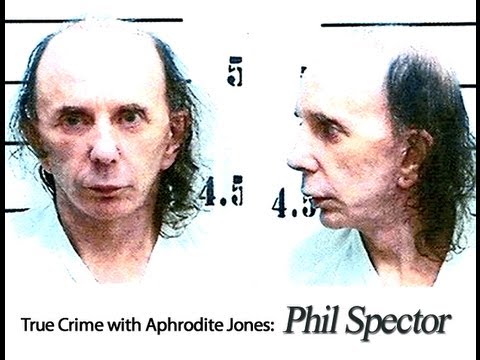In “True Crime: Phil Spector,” director Vikram Jayanti explores the infamous murder case of actress Lana Clarkson, who was found dead at the home of music producer Phil Spector in 2003. While Spector was initially charged with murder, he maintained his innocence and claimed that Clarkson’s death was a suicide. However, as the documentary reveals, there was a wealth of evidence against Spector, including a videotape that he had made in the aftermath of the shooting.
Throughout the film, Jayanti presents a detailed and fascinating portrait of Spector, who is one of the most successful and influential producers in music history. We see footage of his early career and learn about his innovative recording techniques, which helped shape the sound of rock and roll in the 1960s. However, as the film progresses, we also witness the darker side of Spector’s personality, as he becomes increasingly erratic and paranoid. In interviews with former colleagues, we hear about his habit of brandishing guns and threatening people, and we get a sense of the toxic and volatile environment that surrounded him.
The centerpiece of the documentary is the aforementioned videotape, which Spector had recorded in his home shortly after Clarkson’s death. In it, he appears disheveled and agitated, ranting about various conspiracy theories and insisting that he did not kill Clarkson. However, as Jones points out, the tape actually serves as damning evidence against Spector, revealing him to be a deeply disturbed and unstable individual.
One of the most striking things about “True Crime: Phil Spector” is the way that it blurs the lines between fact and fiction. Throughout the film, we see reenactments of key events in the case, such as the moment when Spector and Clarkson met at the House of Blues. These scenes are presented in a dreamlike, almost surreal style, with hazy lighting and slow-motion shots. This creates a sense of unreality that is fitting for a case that was so strange and sensational.
At the same time, however, the documentary is rooted in the real-world details of the case. Jones’s interviews with witnesses and experts provide a wealth of information about the events leading up to Clarkson’s death and the subsequent investigation. We see footage from the trial, including Spector’s infamous hairdos and bizarre fashion choices, which only add to the sense of surrealism.
In the end, “True Crime: Phil Spector” is a haunting and thought-provoking exploration of one of the most notorious murder cases of the 21st century. By combining elements of documentary, drama, and psychological thriller, Jayanti and Jones create a film that is both informative and emotionally resonant. Whether you’re a true crime aficionado or simply interested in the intersection of celebrity and criminality, this documentary is a must-see.

